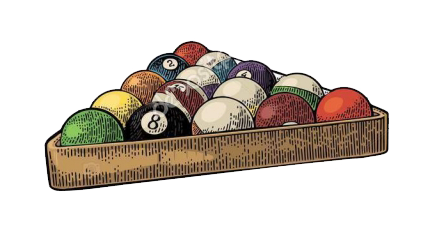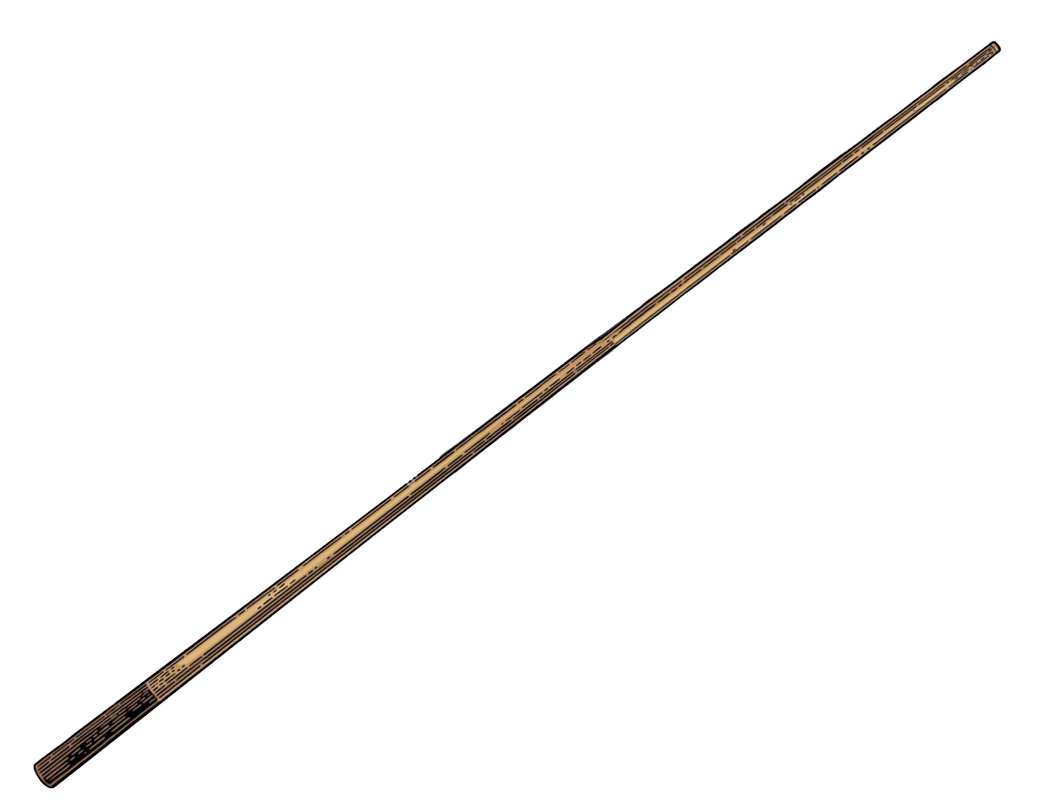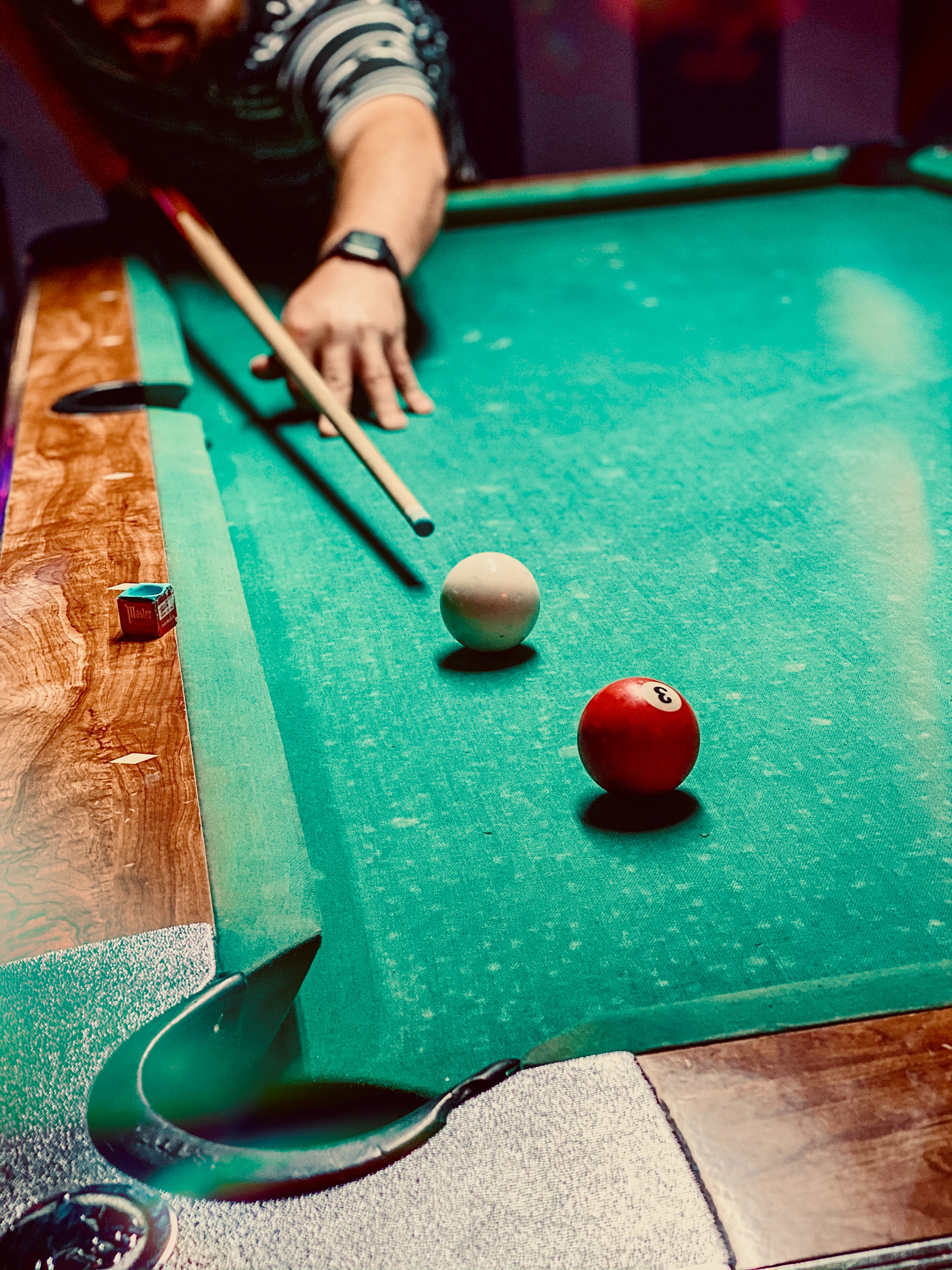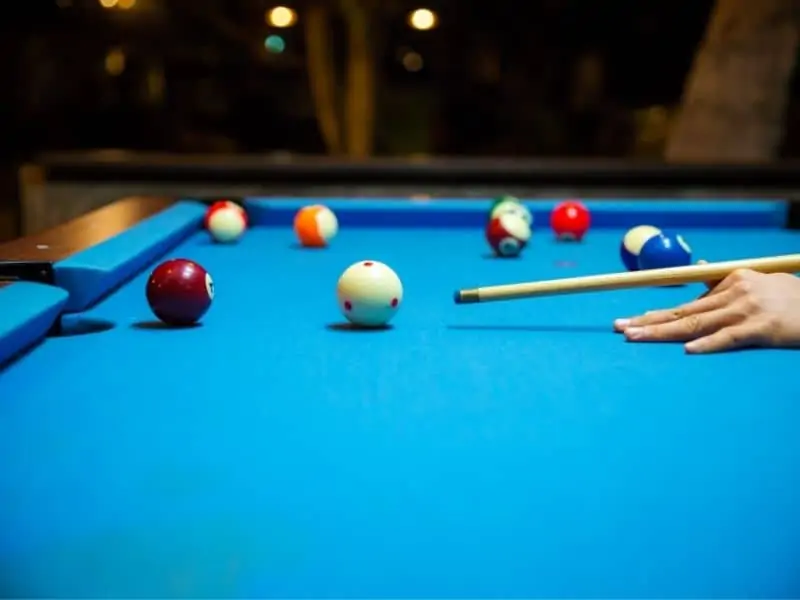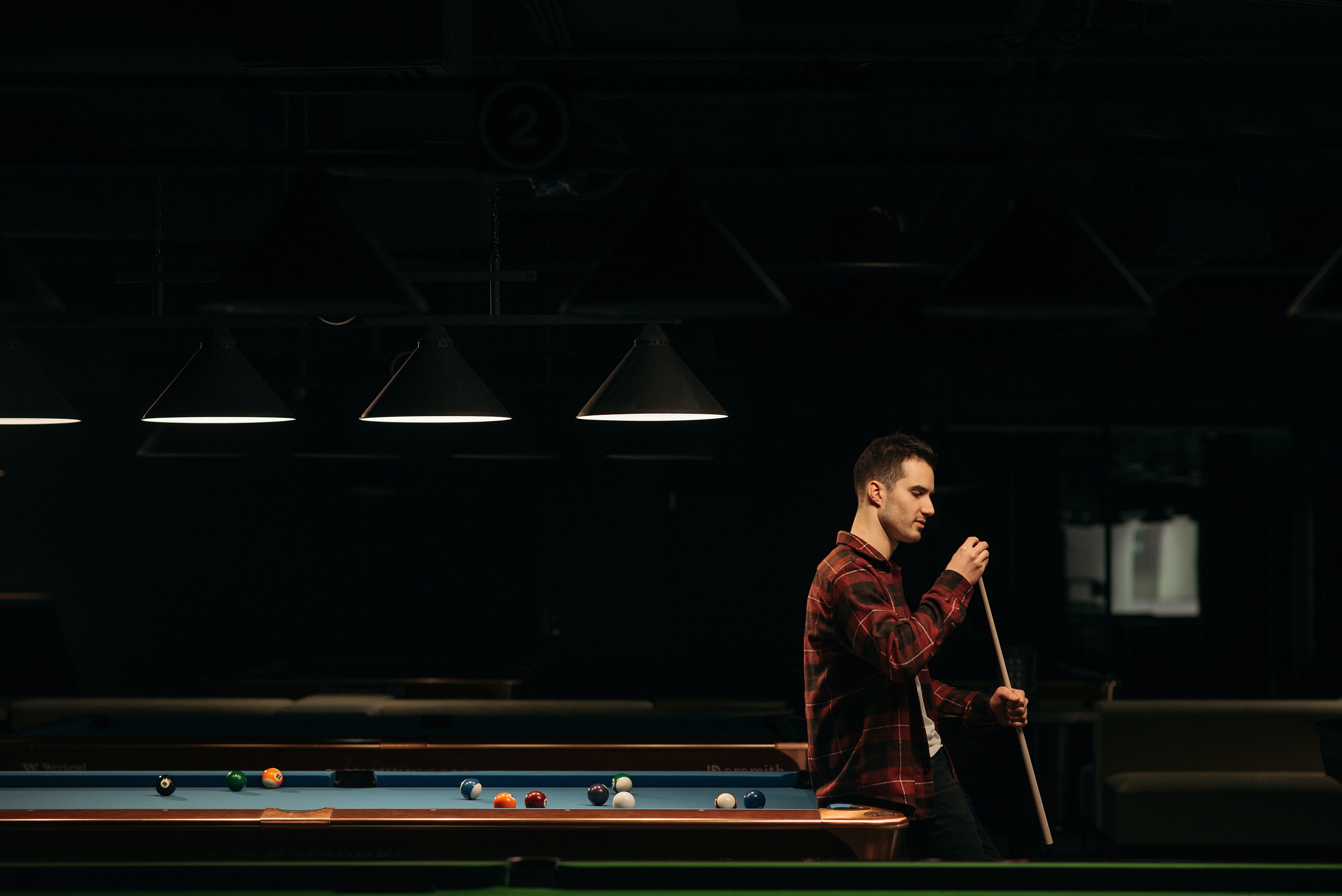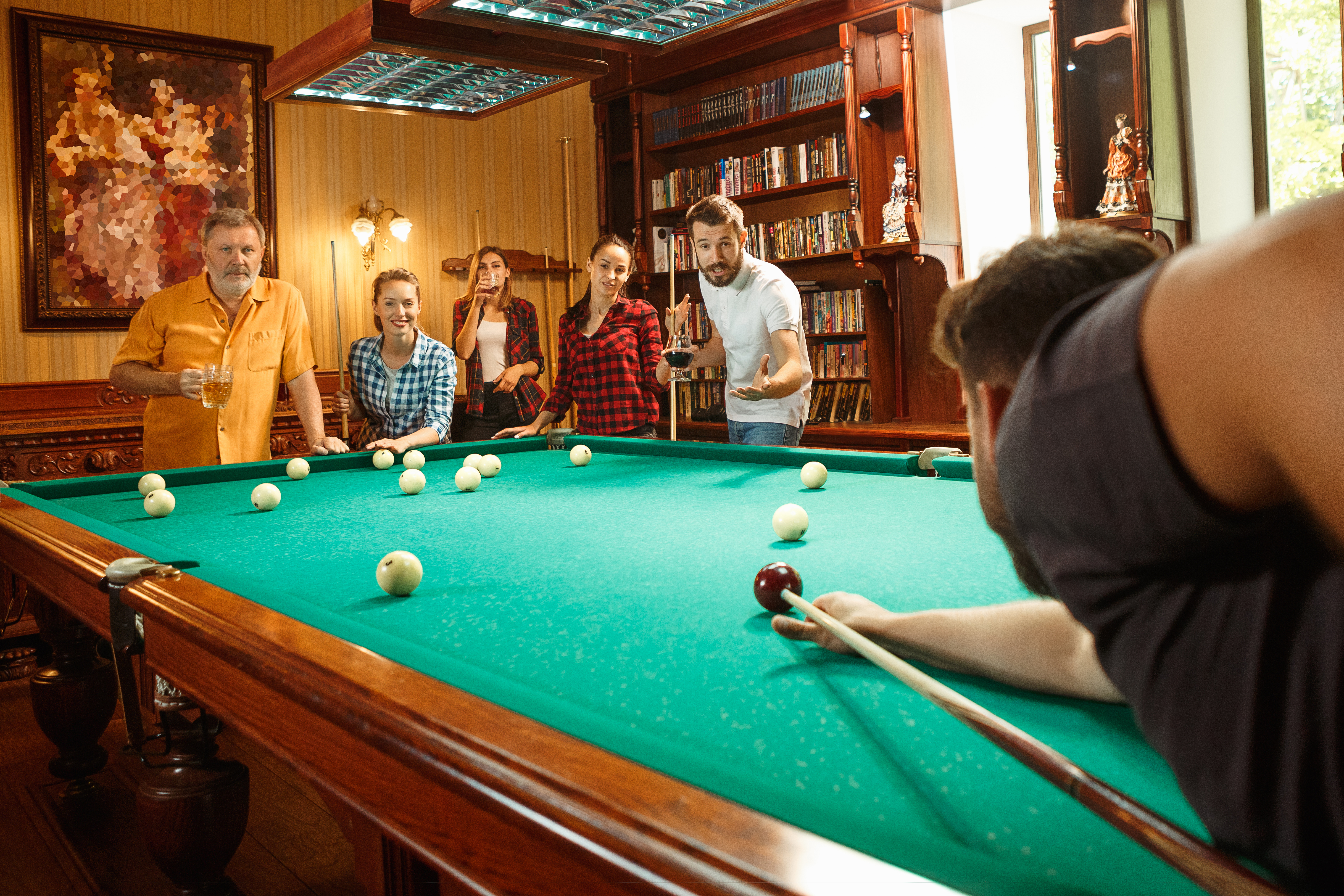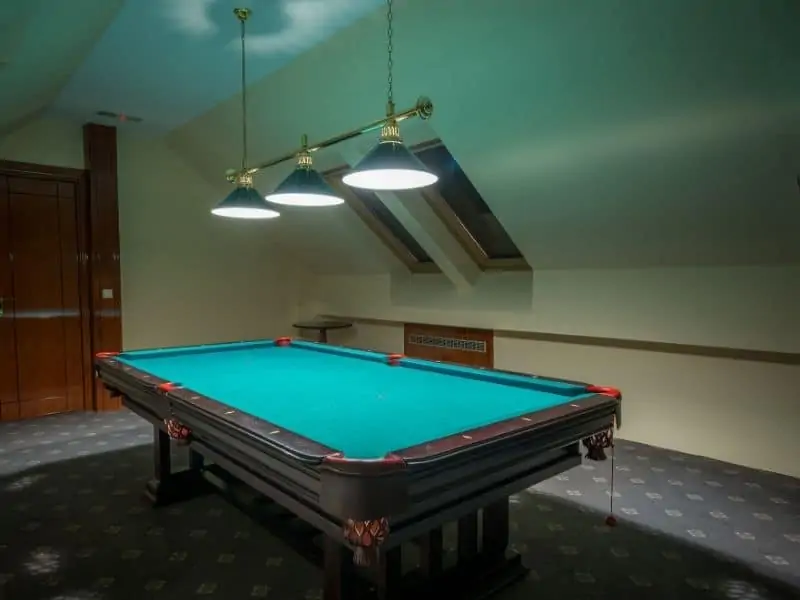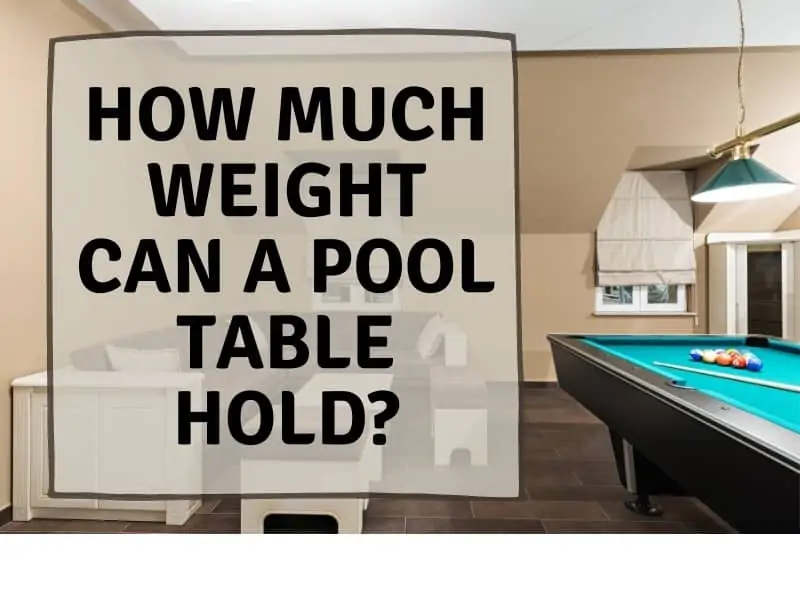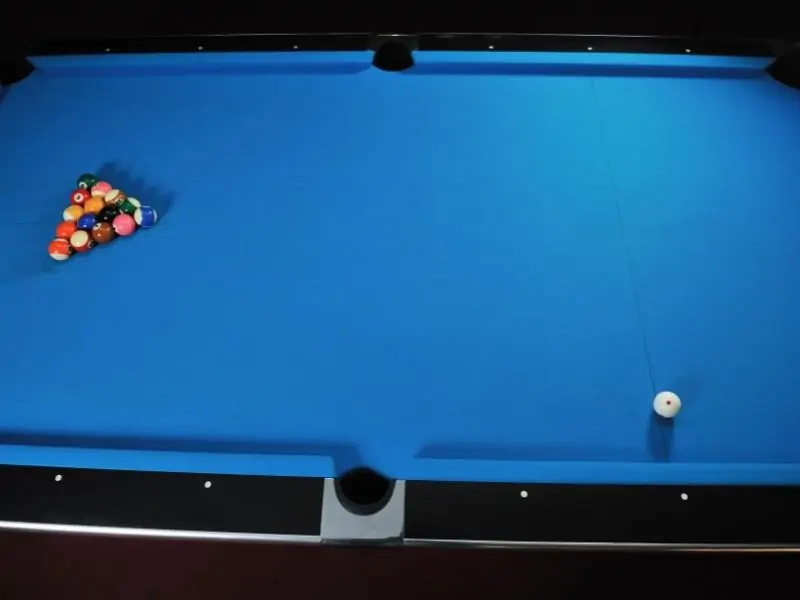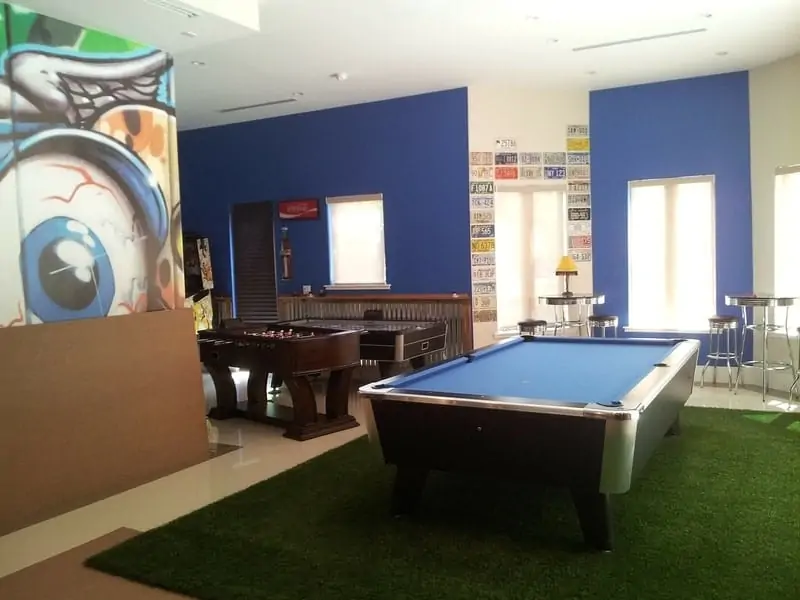If you’ve ever been shooting a game of pool and notice that your shots are a little off or that they just don’t feel right, you may start looking for answers on your cue. If you’re using a house cue, you’ll probably want to check the tip to see if it’s worn down. But if you’re using your own cue, you may wonder, “How long does a pool cue tip last?”
Objectively speaking, most cue tips will last anywhere between 6 months and a year on average. But it’s not uncommon for some players to use the same tips for a year or more. There are so many factors for tip use, including hardness, style/time of play, preference, tip care, maintenance, and tip quality. As such, how long a cue tip lasts is more often than not a matter of player preference and habits.
How to Tell if Your Tip Needs Replacing
There are two general ways of telling whether your tip needs replacing. One is objective and determined by looking at the cue tip. The other is all about the feel of your shots.
- 1mm From Ferrule - Take a look at your tip from the side. Spin it around so you can look at the tip all around. If any part of the tip is worn down to within 1mm of the ferrule, it’s definitely time to change the tip.
- The Feel of Your Shots - Many players go by feel. They decide to replace the tip when they notice a little less ball control and accuracy. They also focus on the feel of the tip hitting the cue ball. When this feels “wrong,” they’ll replace the cue tip.
The problem with the “feel” option is that it takes a while to get to the point where you can be objective about your game. You could just be having an off day or two, but you decide to replace your tip anyway. This is one reason why some players go through many more tips than others.
But, if replacing a tip that doesn’t necessarily need it helps your game, it may be worth the money to you to replace your tips every couple of months.
What Causes a Pool Cue Tip to Wear Down?
There are many factors in play that can cause a tip to wear down. Hardness, style of play, preference, tip care, maintenance, and tip quality are the major factors. Let’s take a quick look at each to give you an idea of what’s wearing your tip down.
(Note: This article is about leather tips for general gameplay. Non-leather tips on break/jump cues are beyond the scope of this article.)
Hardness
There is very little consistency when it comes to the different cue tip makers on the market. Although cue tips are labeled “medium,” “soft,” and “hard” across the board, there is no standard density these companies are making tips to match. A hard tip from one company may be closer to a medium tip from another.
Still, we can say that, in general, harder tips will last longer than medium or soft tips. Most people choose medium tips for the combination of ball control, accuracy, and lifespan.
Style/Time of Play
This is definitely one of the most powerful factors when it comes to tip lifespan. A player who has a more powerful stroke and tends to hit the balls hard will wear out her tip faster than the player who has a gentler stroke.
It also matters how much you play pool. If you only play a couple of hours a week, your tip is likely to last you longer than if you played a couple of hours a day.
Preference
I touched on preference above, but it bears repeating. A player who likes fresh tips will wear his tips down faster than another player who is comfortable playing with a tip that has seen some wear.
The first player’s tip isn’t actually worn down any more than the other player’s, but since he has a different standard for a “worn” tip, he’ll want to replace his sooner than the other player who isn’t so concerned about it.
It depends on what you’re comfortable with.
Tip Care
Tip care and maintenance (below) could be confused. But, the tip care I’m talking about here is in reference to how a player treats her cue in general. Does she leave it in a hot car when she’s not playing? Does she bang it on the side of a table to get the excess chalk off? Does she scrape the tip on a brick wall to scuff it?
Obviously, someone who has good cue care practices is bound to enjoy their tip for longer. Tip care and cue care or essentially the same thing in this case. You take good care of your cue, you’ll have it longer and your tip will likely last longer.
Maintenance
Maintaining a cue tip is also a big part of how fast it gets worn down. There’s a fine line between not enough maintenance and too much. More on that below. The point here is that someone who toes that line and practices proper tip maintenance will play with the same tip for longer than average.
Tip Quality
The last tip-wear factor is tip quality. And you don’t have to buy a $30 tip to get one of good quality. Sure, there are some really cheap tips you should avoid, but we’ll talk about that in more depth below. What I’m really talking about here is laminated/layered tips vs non-layered.
Layered tips are going to last longer than non-layered ones. But if you like fresh tips, this isn’t going to matter too much. In that case, it will be a matter of which type feels better to you. But if you’re going for tip longevity, go for a layered tip.
How Do You Maintain a Pool Cue Tip?
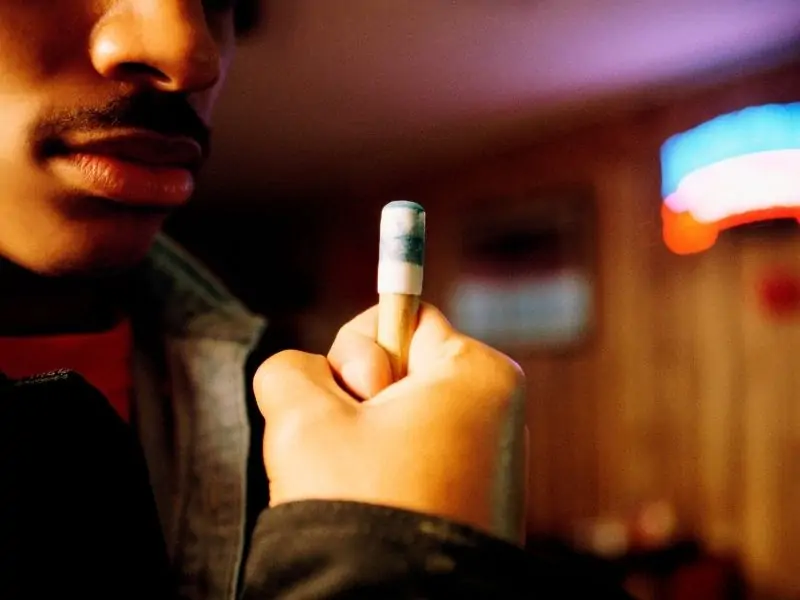
There are three main components when maintaining a pool cue: scuffing, burnishing, and shaping. Each has its time and place, but using all three when needed can keep your cue lasting long and playing well.
- Scuffing - When the cue tip flattens out and stops holding chalk well, it’s time for a light scuffing so the chalk has a place to sit on the tip.
- Burnishing - When the tip starts to “mushroom” out over the sides, it’s time to burnish the tip so that it smooths out.
- Shaping - As your tip sees play, it will flatten out. You need to shape it to round the top of the tip slightly. You may also have to do this with a new cue. If you install your tips yourself, you’ll also have to shape the tip.
You can find ways to DIY your cue tip maintenance, but I recommend investing in the correct tools. Burnishing papers are great for smoothing out the sides of the tip, while a Cuetec tip tool is great for scuffing and shaping.
Too Much Maintenance Can Reduce Your Tip’s Lifespan
Believe it or not, trimming and shaping can reduce your tip’s lifespan. Actually, this makes sense when you know what trimming and shaping does to your tip. It removes the tip material, a little bit at a time. So if you want to keep your tip for a long time, you should only perform these maintenance practices when absolutely necessary.
Usually the people that replace their tips every 2 or 3 months do much more maintenance than is absolutely necessary. Essentially, you should only perform maintenance when you can actually look at the cue and see that it’s flat or mushrooming AND when it’s affecting your shots.
How Often Should You Scuff a Pool Cue Tip?
Like shaping and burnishing, you should only scuff your tip when it needs it. If you’ve had a miscue that you can’t contribute to an error on your part, you may want to pay more attention to how your tip is holding chalk.
The nice thing about scuff is that, if it’s done right, it doesn’t actually remove much material at all. So you can be a little more liberal with your scuffer tool. If you’re using sandpaper, you’ll want to be a little more conservative because it will actually remove some of the leather.
How Often Should I Change My Pool Cue Tip?
How often you change your tip is completely up to you. But if you’re a new player, it’s well worth the time it takes to get used to shooting with a worn tip. Being able to adjust to less-than-perfect circumstances is a seriously beneficial skill to have in pool. So I suggest you learn how to shape your tip and get used to the feeling of playing with a tip in every level of wear.
If your tip is down to within 1mm of the ferrule, you’ll want to replace the tip. Otherwise you can damage the ferrule, which is not something anyone wants. Replacing the tip sooner than that is up to you. If it helps your game, all the better. But just because the 6-month mark has hit doesn’t mean you have to automatically get a new tip on your cue.
If you’re looking for an in-depth look at different tips, check out this tip-buying guide.
In Conclusion
Pool is such a personal game. Player preference is important. This goes for tips just as much as anything else. Try different tips. When you find one you like, see how long you can make it last. Use that as a baseline, whether it’s 4 months or a year and a half.
Essentially, you decide how long your tip lasts. Don’t let it get dangerously low and don’t let a worn cue affect your game too much just because you don’t want to get another one. At the same time, it’s important to realize when the tip is the problem and when you’re just having an off game. If replacing a tip every two months does nothing for your game, there’s no point to it.
Like learning anything else, the more you practice, the better you get. And the more you practice in less-than-ideal conditions (like with a worn tip), the better you’ll get in those situations, which will make you a better player all-around.
Other Articles You May Be Interested In:
- Best Pool Cues for the Money: Discover the top pool cues that offer great value without breaking the bank.
- Pool Table in the Garage? Here’s What You Need to Know: Understand the essential considerations for setting up a pool table in your garage.
- Break Cue vs Playing Cue: What’s the Difference?: Learn the key differences between break cues and playing cues to enhance your game.
- How Much Does a Good Pool Cue Cost?: Explore the factors that determine the cost of a high-quality pool cue.
- Are Mini Pool Tables Worth It? A Complete Guide: Read our comprehensive guide on mini pool tables and decide if they’re the right fit for you.
